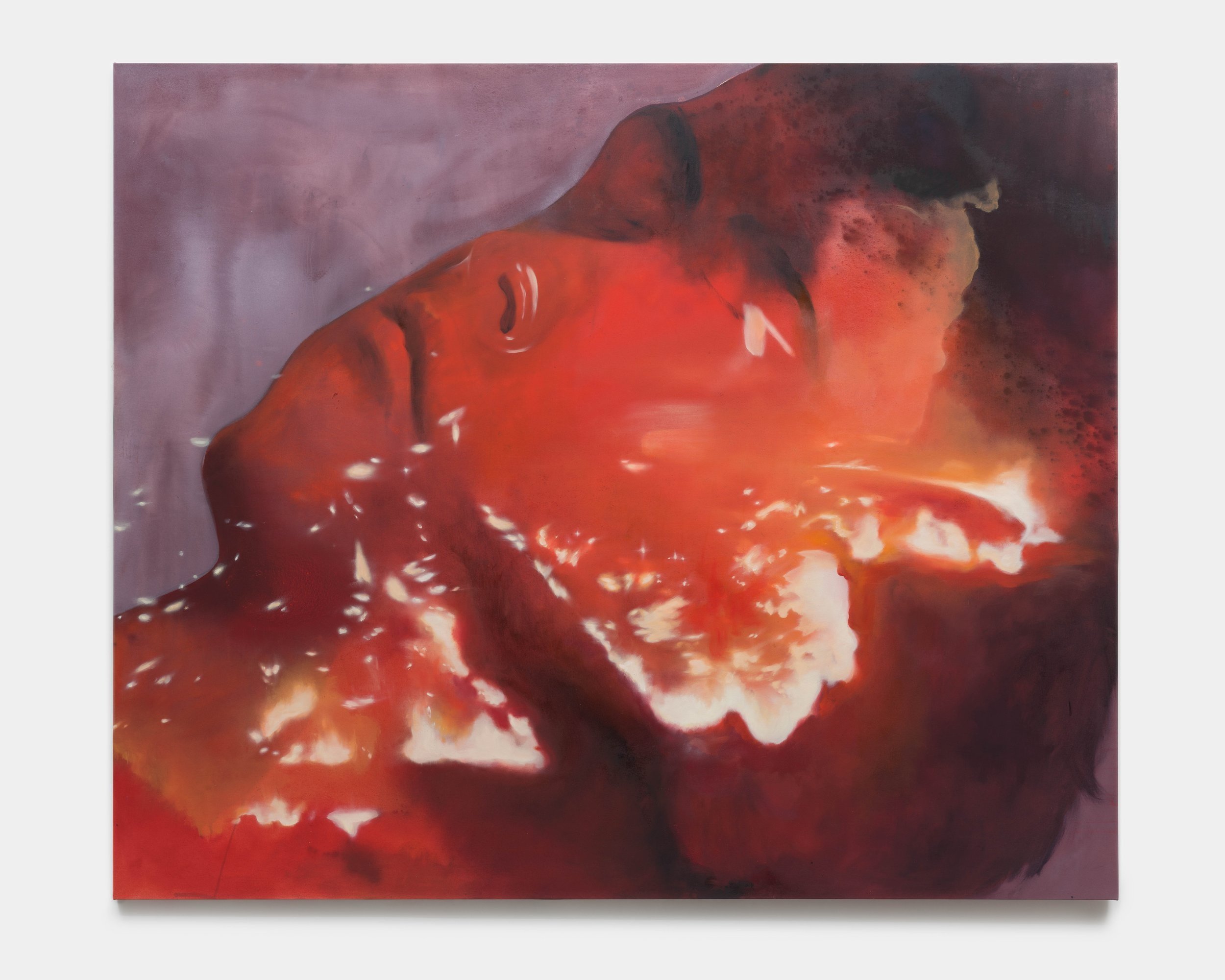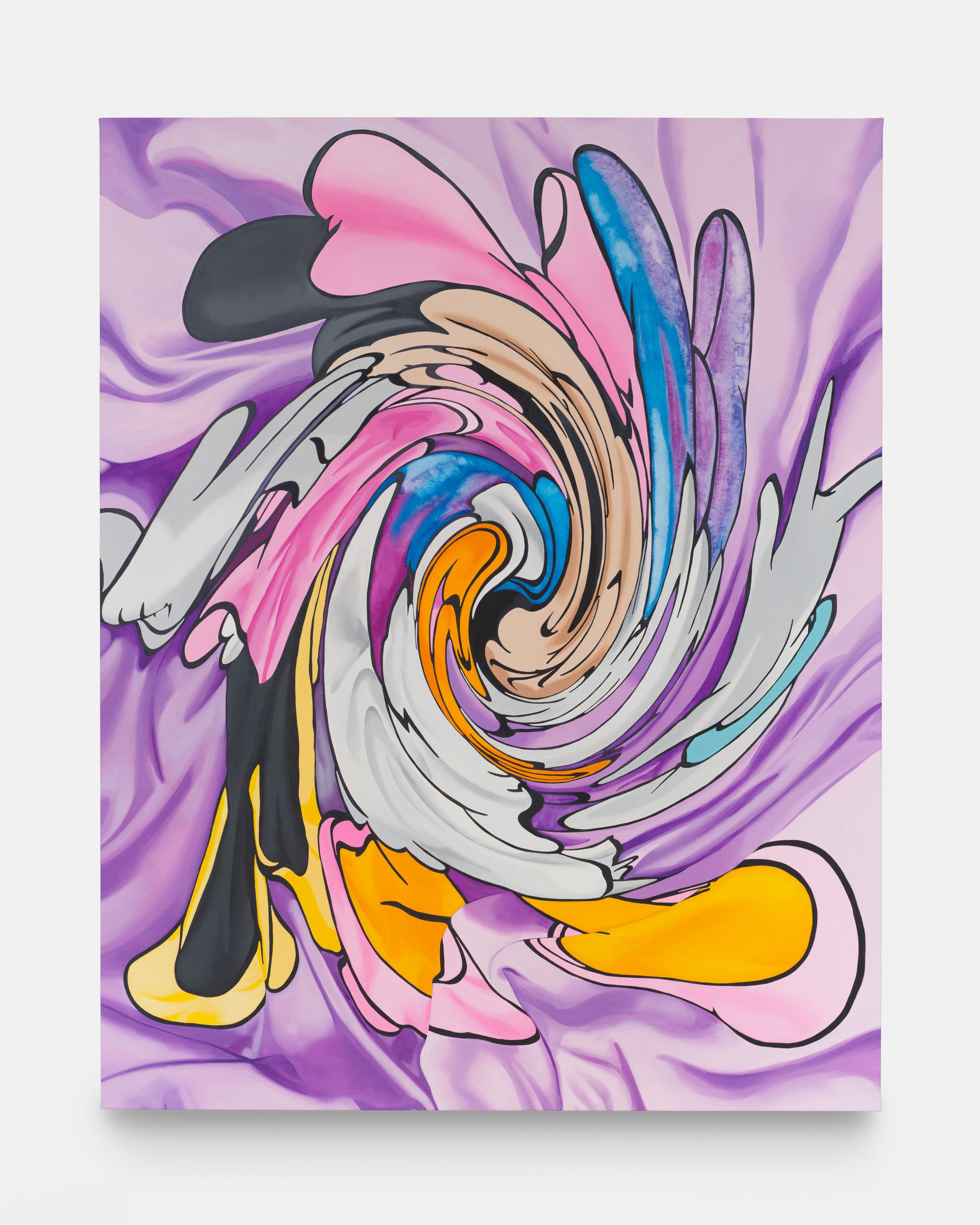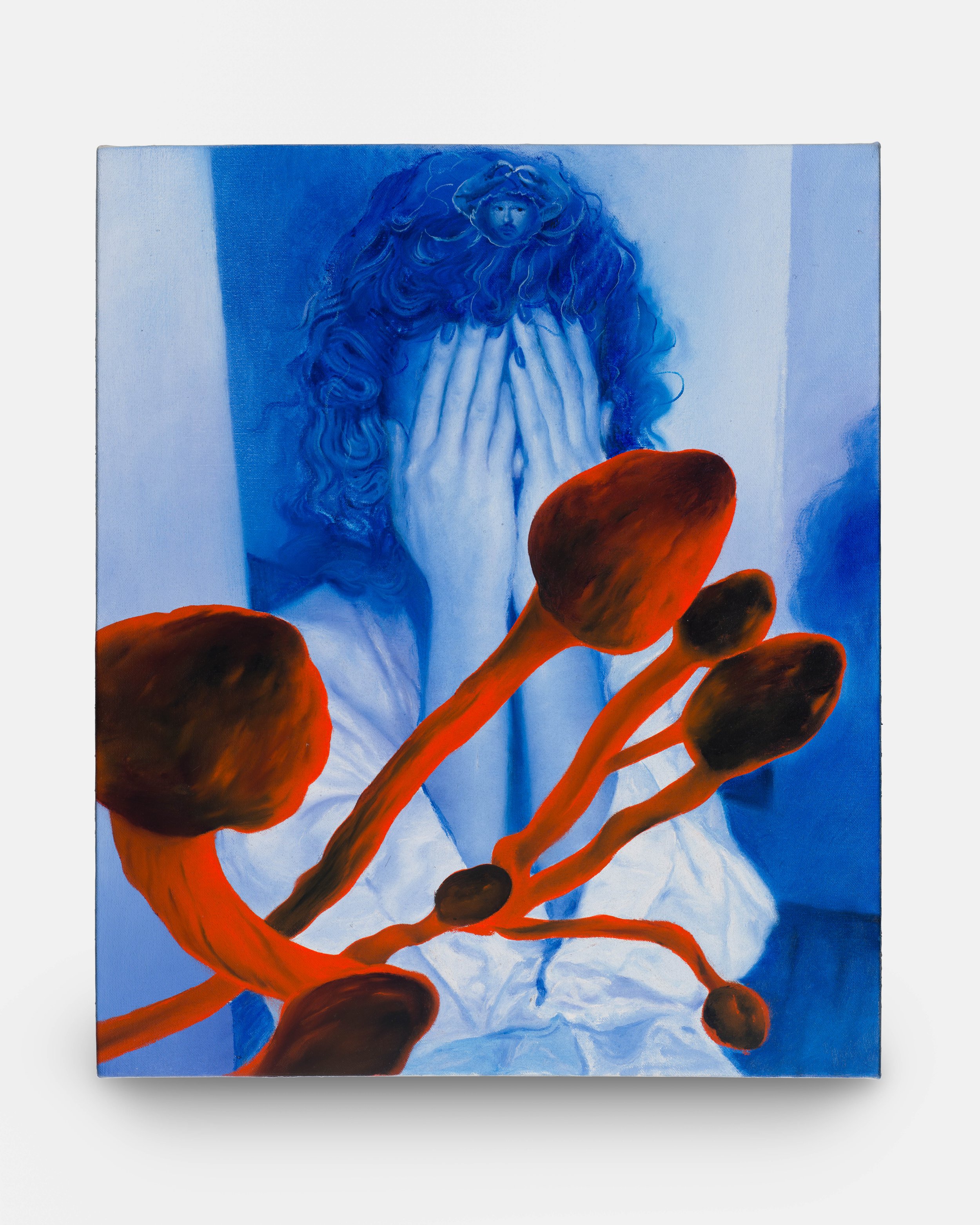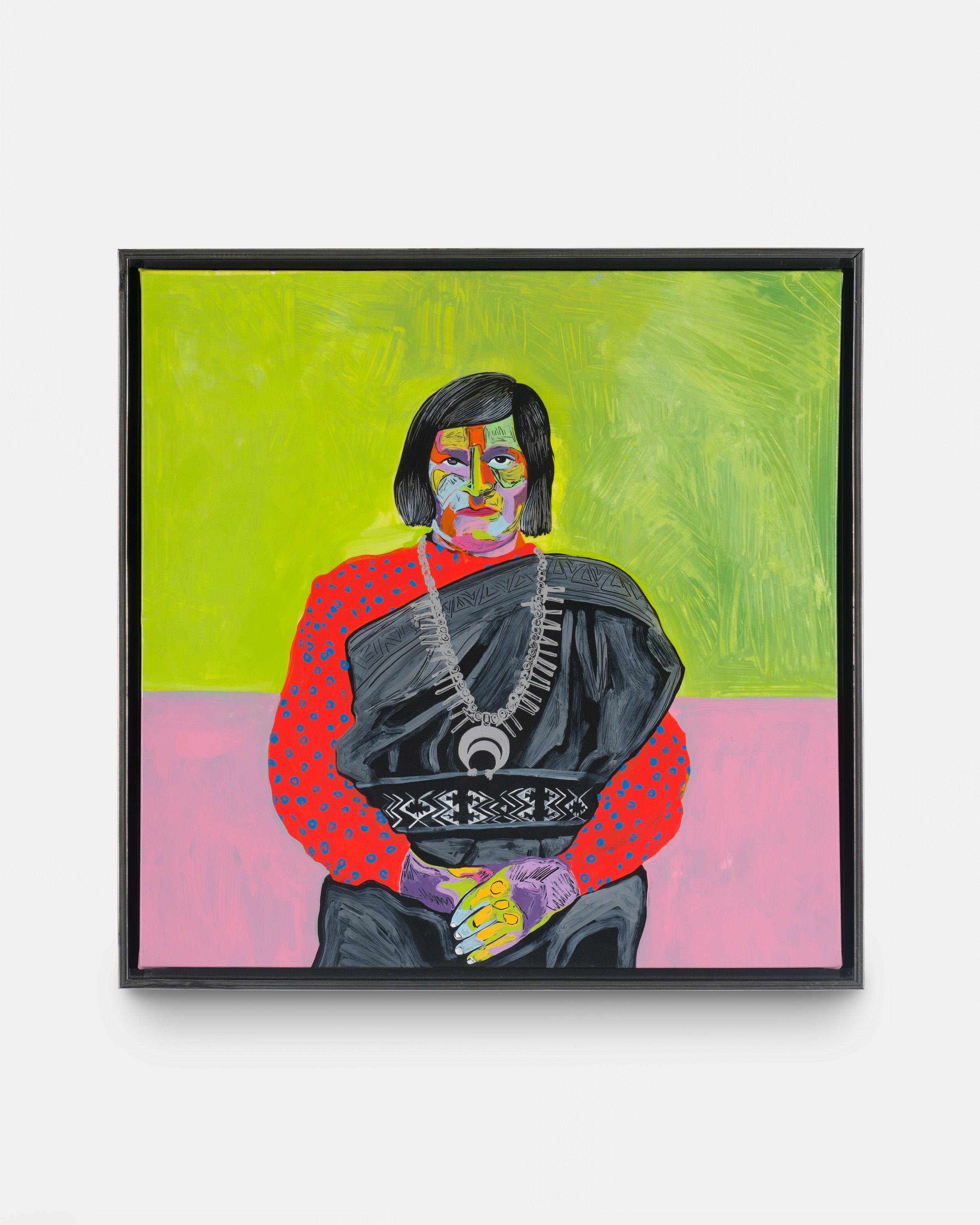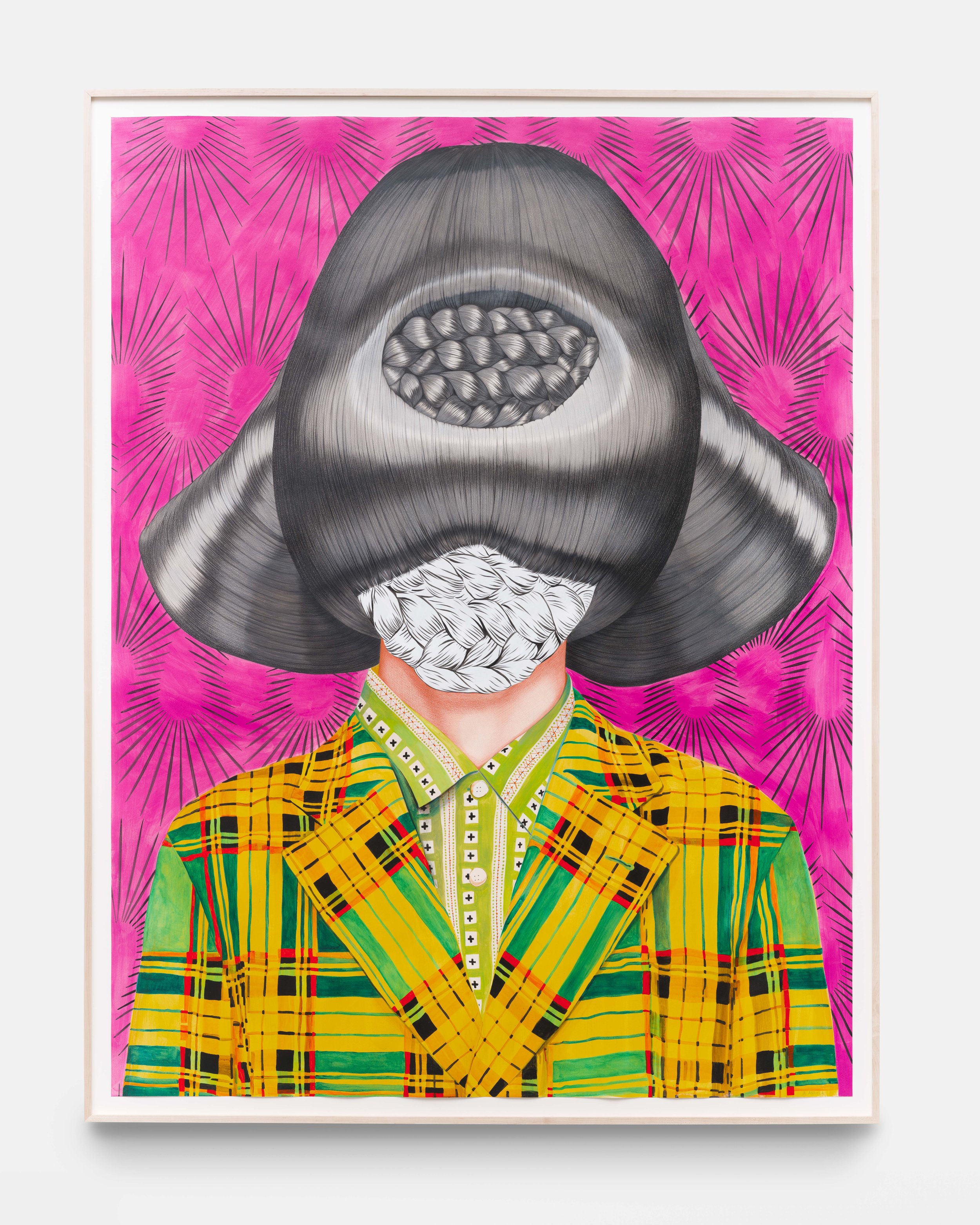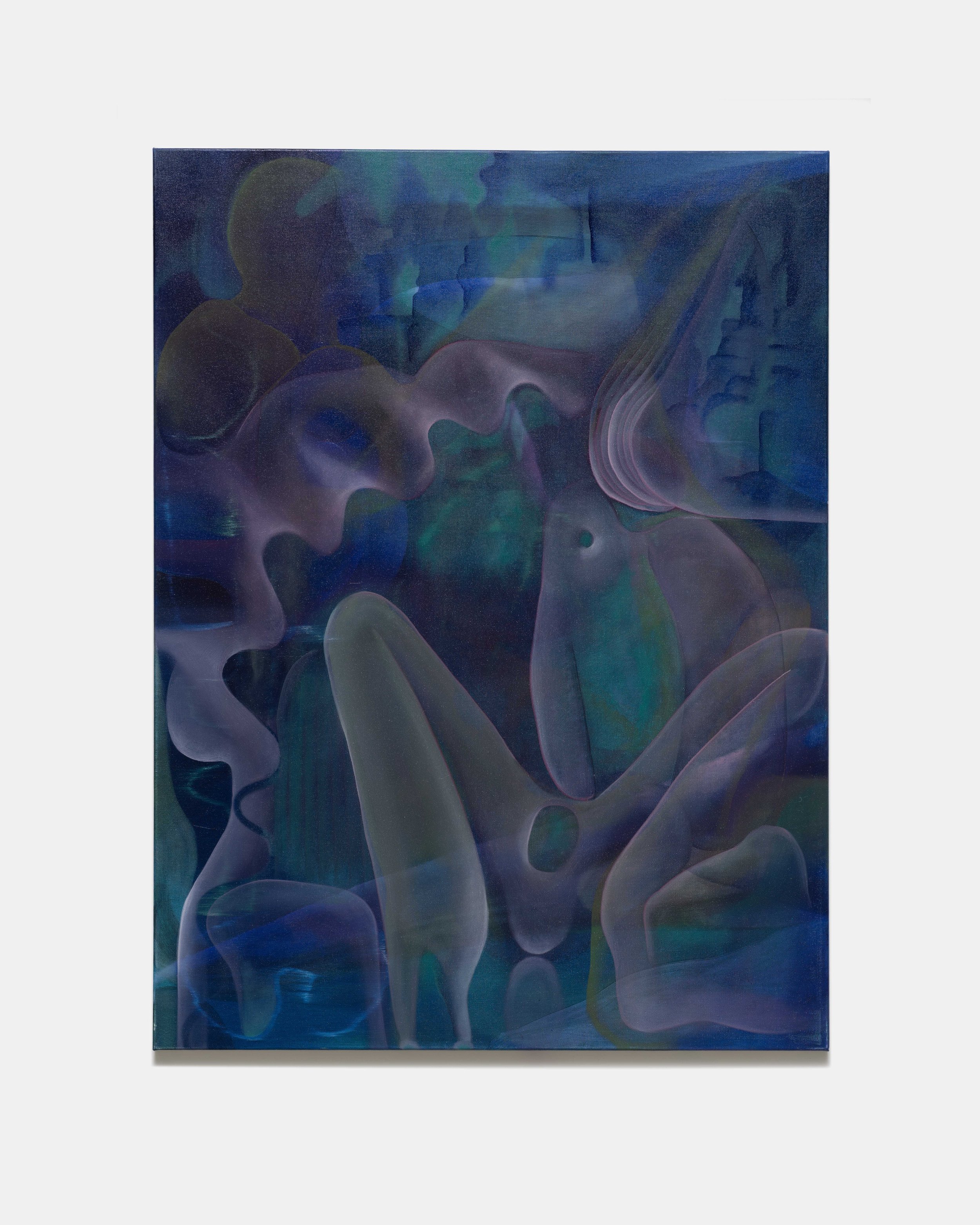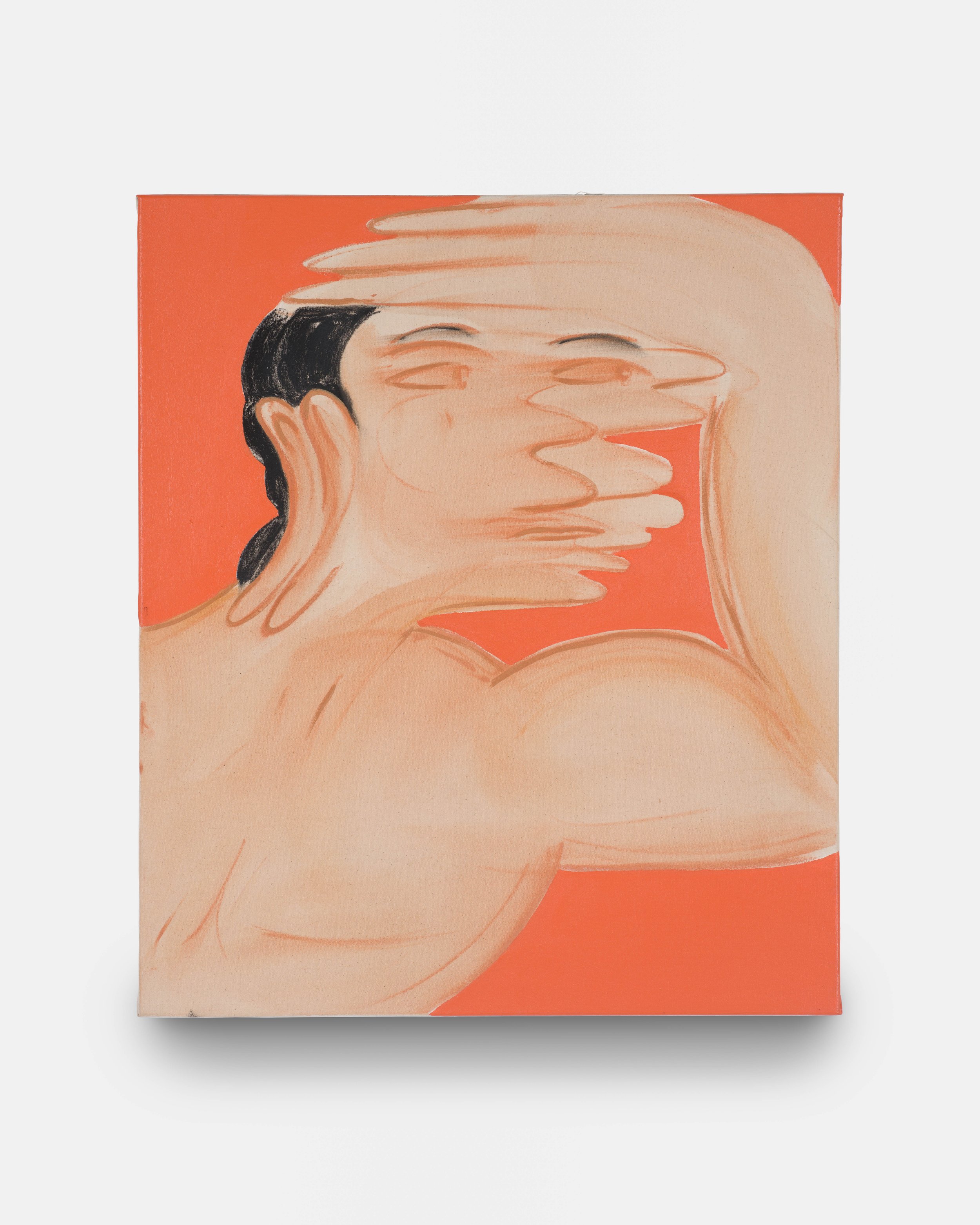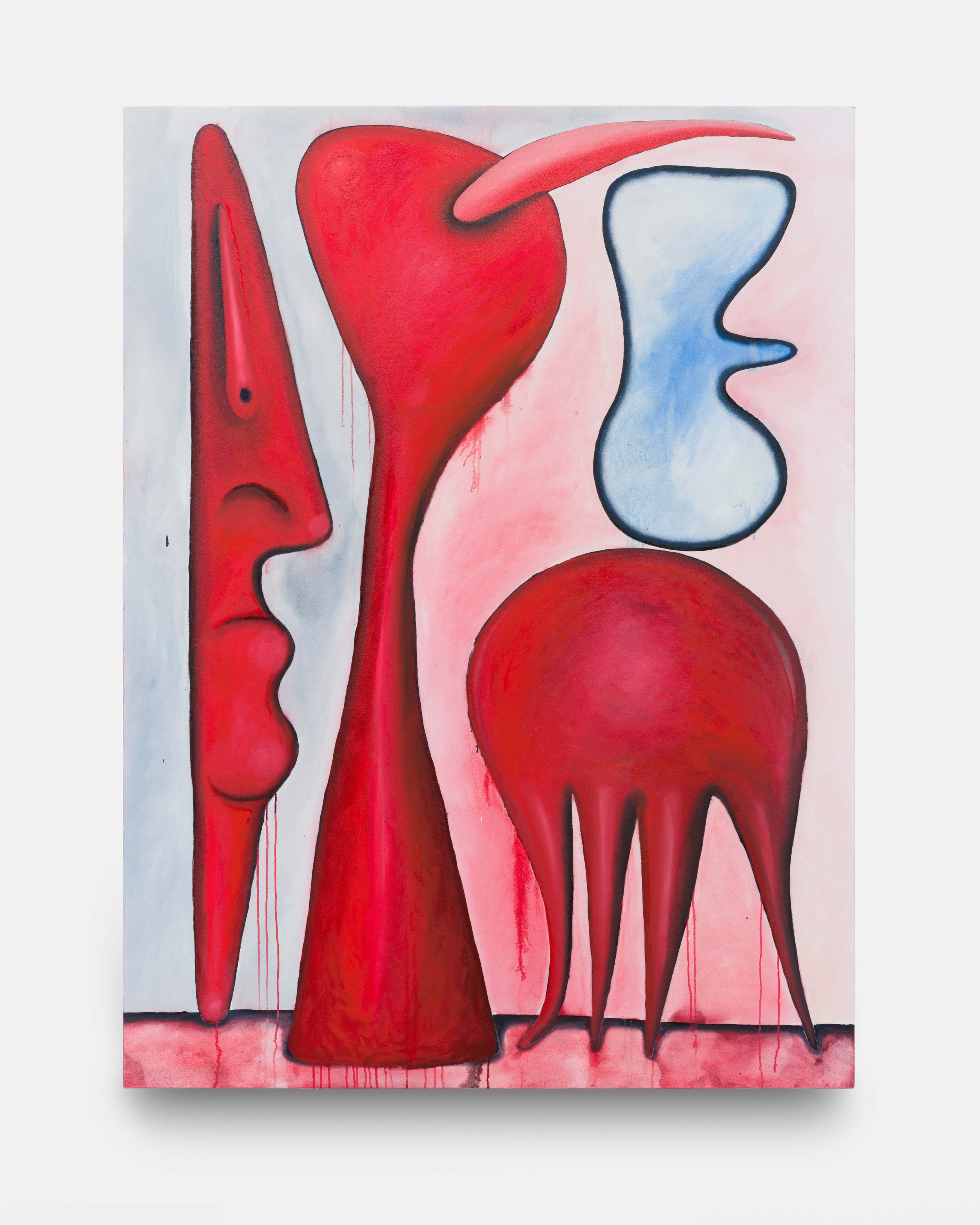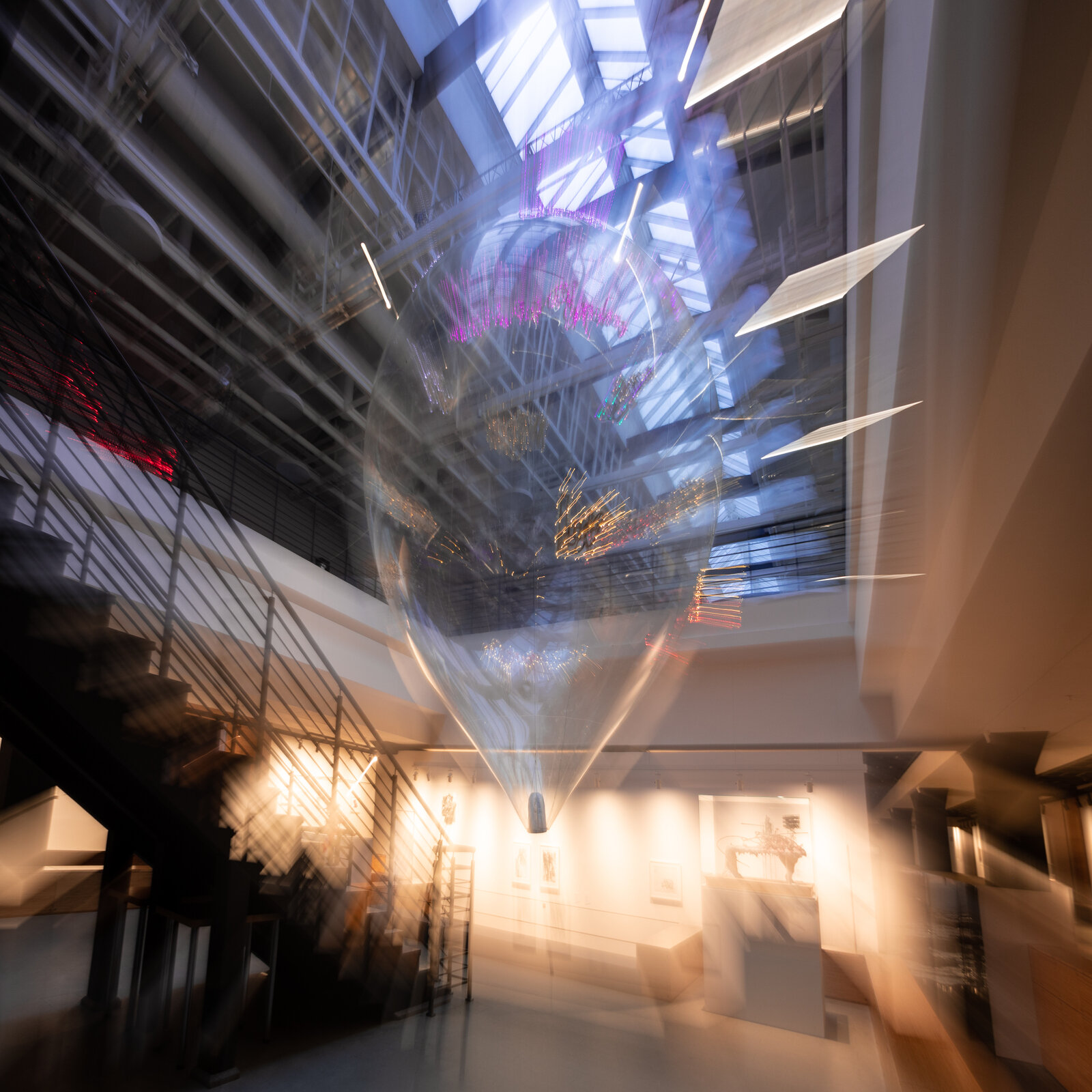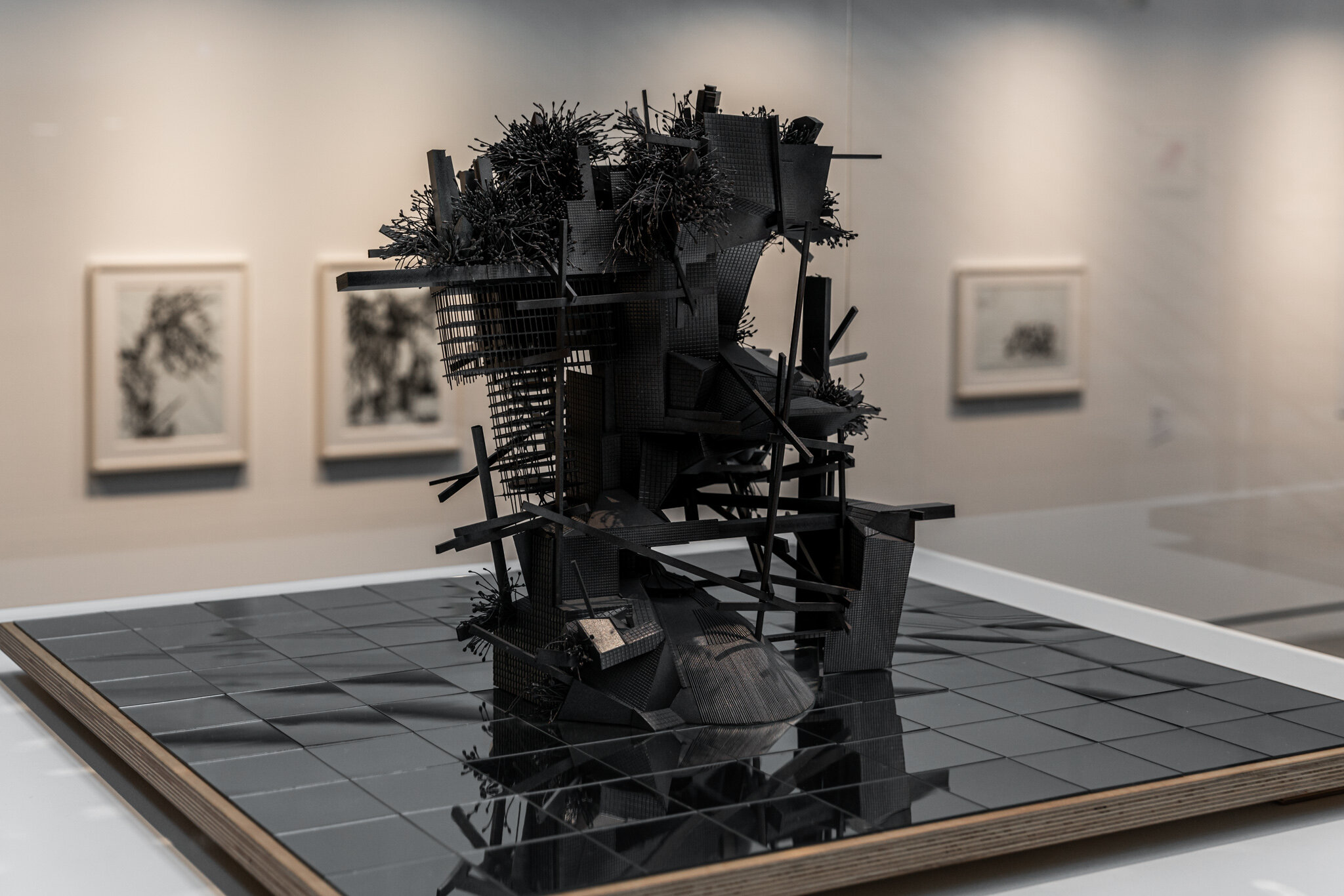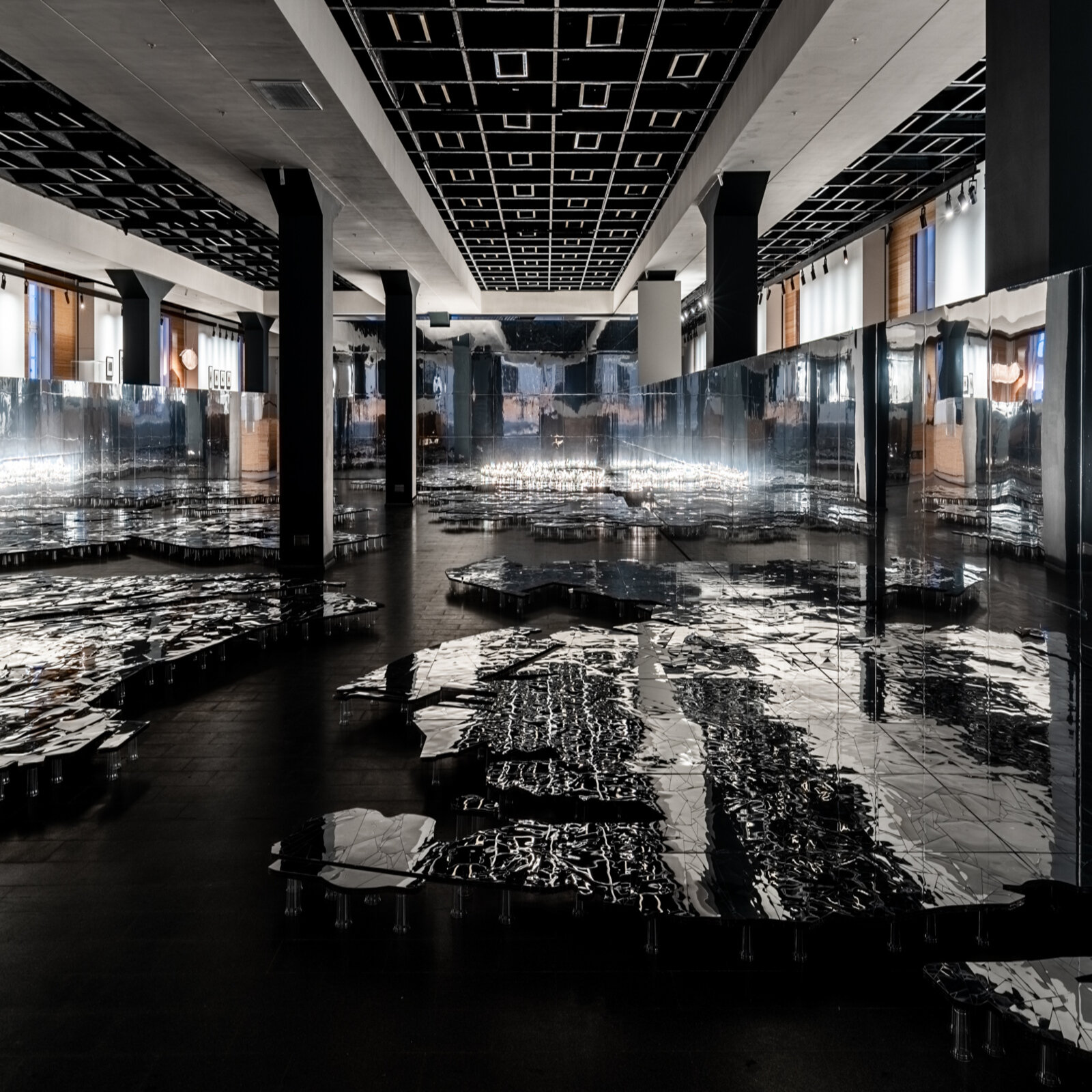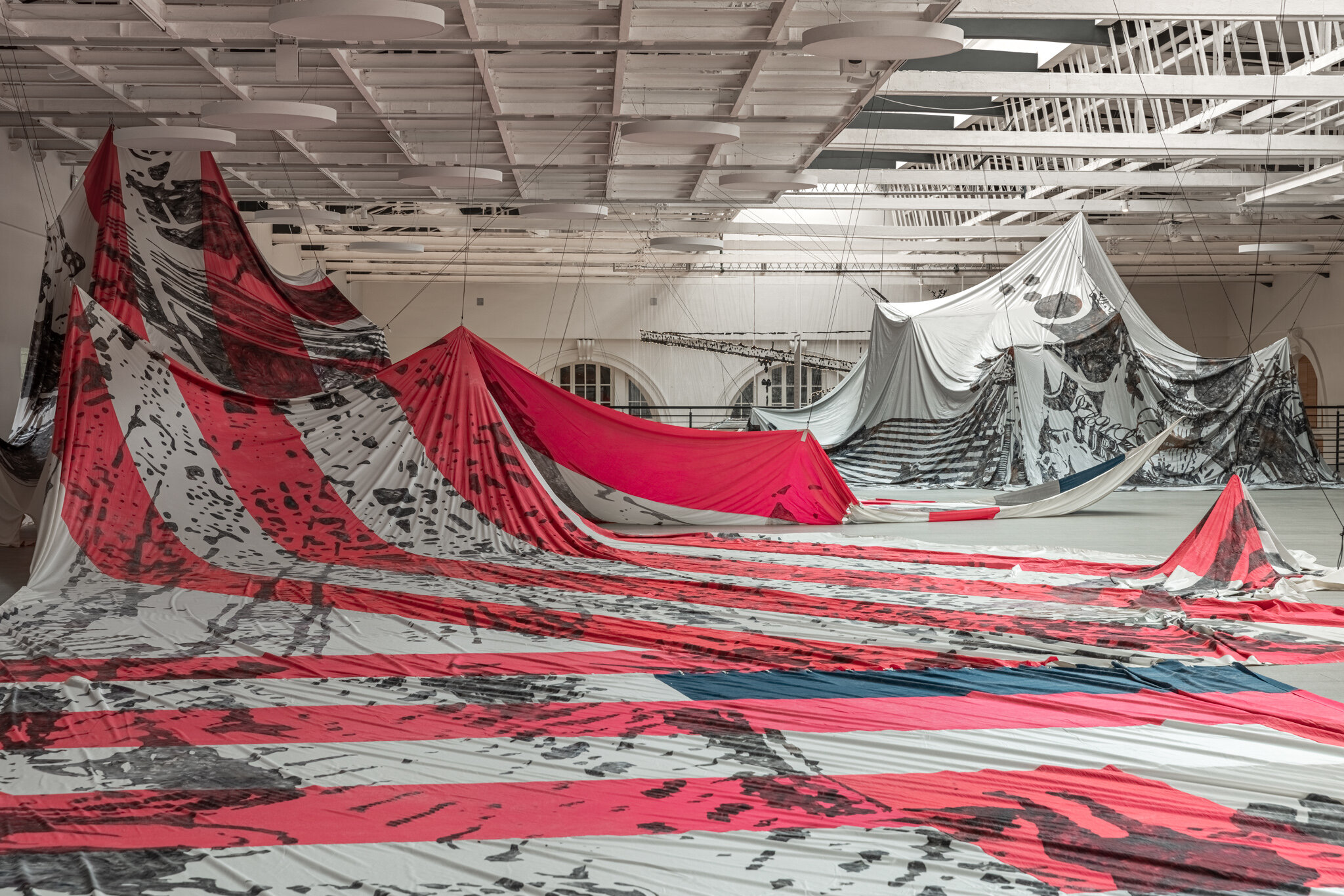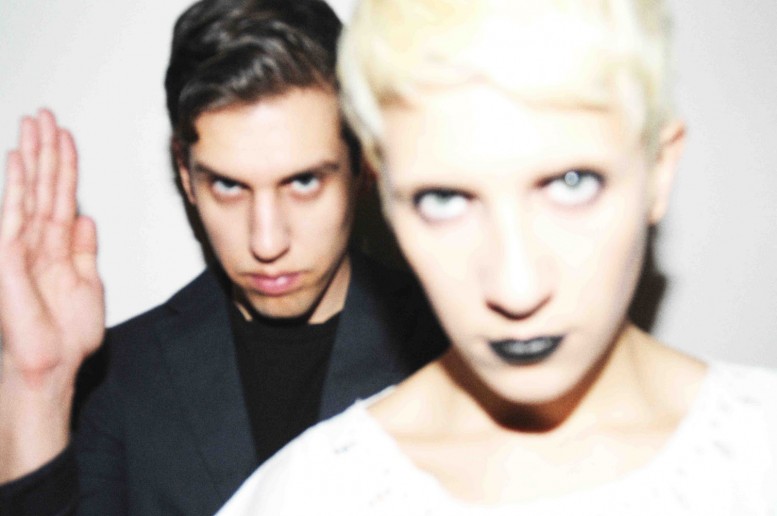10 designer neighborhoods, 10 unique experiences, 10 extraordinary collections, 1 source of inspiration: The City of Genius.
The live show is the ultimate expression of creativity thriving amidst dissolving boundaries, enabling different worlds and cultural backgrounds to inspire one another in a genuine act of co-creation. Fueled by Shanghai’s vibrant spirit and magic energy, it is a place where local and international creative talent unite, guided by the childhood genius that lives within all of us.
The City of Genius embraced Shanghai’s inspiring culture of innovation and heritage, driving deep connections with local visionaries and international talent from diverse spheres of influence and cultural perspectives, at the apex of global culture, in a worldwide exchange of creativity.
The spirit of co-creation brought together traditional and modern methods of creativity, connecting Chinese and global culture spanning art, film, music and entertainment. The show featured an installation by iconic artist Xu Bing, and his creative reimagination of language was woven throughout event communications, the show venue, the livestream, and the accompanying campaign. To touch language is to get in tune with the very beating heart of culture. The art installation astounds with its spectacular beauty. Bing’s work was shot by photographer and filmmaker Wing Shya, who created The City of Genius manifesto film starring Moncler global brand ambassador, Leah Dou.
The unforgettable show finale featured a one-of-a-kind live showcase by creative performance director Henry Lau, surrounded by dancers, musicians, and a dazzling sound and light display designed exclusively for the event. Henry Lau presented a rousing performance of his greatest hits. The performance was opened by Chen Lijun, an outstanding Yue opera actress, blending traditional Chinese opera with contemporary pop in a groundbreaking rendition of Chinese-style music. The stunning performances marked a dazzling end to the event.
The stellar designer lineup saw Edward Enninful, Hiroshi Fujiwara, Donald Glover, Lulu Li, Mercedes-Benz by Nigo, Palm Angels, A$AP Rocky, Willow Smith – as well as special appearances from Rick Owens and Jil Sander – bring their unique concepts for The City of Genius to life. The landscape of designer worlds saw each co-creator realize their imagined aesthetic utopia: a distinct neighborhood to fully represent the soul and inspiration of their Genius collections.





















